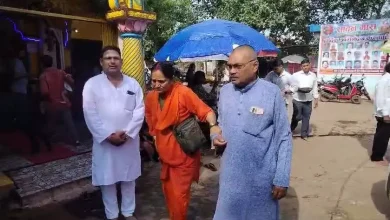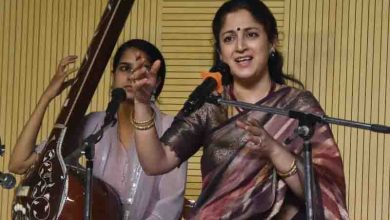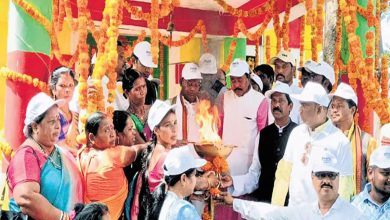How an Indian stirred global conscience and made everyone talk about child labour

June 12 is marked as the World Day against Child Labour since 2002. But bringing a largely ignored issue of child labour on the global map and stirring the conscience of all nations, big and small, took 80,000 km global walk across 103 countries under the leadership of one man — Kailash Satyarthi.
The Nobel Peace Laureate, who hadn’t been conferred with the Nobel yet, led a Global March Against Child Labour across 103 countries on 17 January 1998, which lasted over five months.
The global march began from Manila in Philippines and culminated on 6 June 1998 at the UN headquarters in Geneva. When 36 children from different parts of the world entered the corridors of the UN headquarters shouting slogans, ‘Child labour, down, down’ it was to be a watershed moment as it would change the ugly narrative of child labour globally. Each of these children had once been a child labourer.
This was at a time when there existed no international legal framework to prevent children from being pushed into labour, trafficking, prostitution and other dangerous occupations. The Kailash Satyarthi led global march had two basic demands – There should be an international law against child labour, and a day should be dedicated to the child labourers when the entire world should bring the issues, impact and policies regarding child labour to the fore.
The five-month long march which was participated by over 1.5 crore people, many of whom were world leaders, prime ministers, presidents, kings and queens, led to an unprecedented pressure on the United Nations (UN) as well as the International Labour Organization (ILO). There was no ignoring the issue any more. The world had to sit up and look at the atrocities of child labour in the eyes, and resolve to do something about it.
One of the children, Govind Khanal, who had accompanied the Nobel laureate in the global march, reminisces the many trials and tribulations they faced during the long, historic walk.
“We crossed so many nations during the global march. I don’t even remember the names of all the countries we crossed then. We would walk hours shouting slogans, performing street plays. We would be tired and sometimes due to paucity of funds, we didn’t even have enough food.”
Khanal, who was once a child labourer at the Indo-Nepal border, says, “With me were around 35 other children from different countries. All of us were either victims of child labour or slavery. We knew what these words meant and this cruel knowledge gave us a new lease of energy every time we felt tired during the walk.”
When the global march reached Geneva, there was an important annual convention of the ILO taking place in the UN conference centre Palais Des Nations. Over 2000 significant dignitaries, ministers and representatives from 150 nations were in Geneva attending the convention. But everything almost stood still when the corridors of the UN headquarters reverberated with the slogans and demands of these children.
For the first time in the history of the ILO, the gates were opened for children who were there to talk about child labour, child slavery, child prostitution and child trafficking, and literally show the world the mirror.
Breaking its tradition, the ILO allowed Kailash Satyarthi, a member of the civil society, along with two children to address the convention. This is where the appeal to formulate an international law against child labour and a special day to mark child labour were made by him.
This set the ball rolling and on 17 June 1999, the ILO Convention 182, concerning the Prohibition and Immediate Action for the Elimination of the Worst Forms of Child Labour was passed. The convention was also unanimously adopted and ratified by 181 countries. India too ratified the convention on 13 June 2017. In yet another first, the Convention 182 became the most rapidly ratified convention by all the 187 members of the organization.
The other demand, for a special day to mark child labour, was also met and June 12 was thus declared as the World Day against Child Labour in the year 2002.
This is how one Indian who became the voice of millions of child labourers in various parts of the world changed the way the world looked and treated this evil practice.





